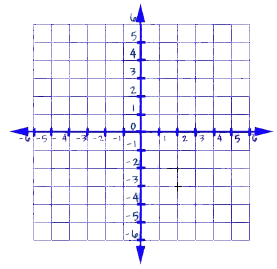When multiplying or dividing integers of the same sign, the answer is always positive.
When multiplying or dividing integers of different signs, the answer is always negative.
Even though the rules are mentioned above it is important to understand why those rules work. In class you took some notes and saw a presentation on this using a chip model. This boys in the video below do a nice job of showing you why the rules work. They're a little loud, but they get the point across. LOL
This video show you how the rules work by looking for patterns. What do you notice when he is finished? Do the results look similar to the coordinate graph to you?

















